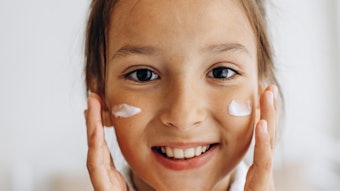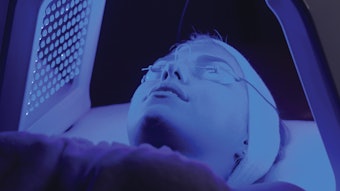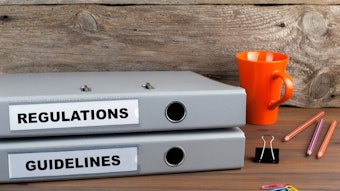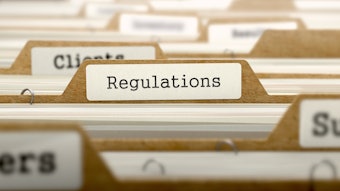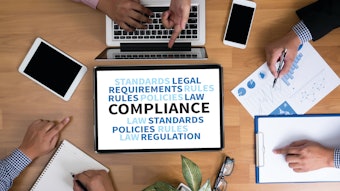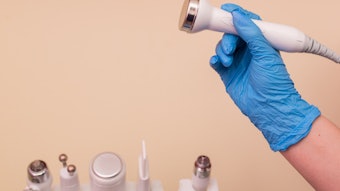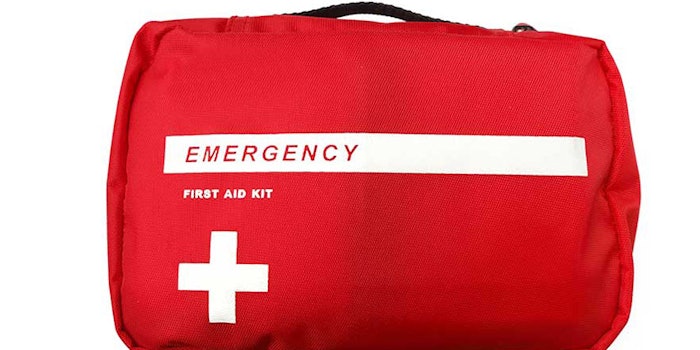
p072_SThis past year, the natural disasters that have occurred have been devasting emotionally and economically. We can’t always predict when the next emergency or natural disaster will affect our personal lives or business, but we can be prepared. In this month’s issue we are focused on, #10things you can do to be prepared.
1. Create a needs list.
In different columns, write down what type of emergencies could happen in your spa, what you would do and what action needs to be taken to get prepared (i.e. purchase supplies or receive training). Ask your team for feedback; see where there are concerns and questions.
2. Train and practice.
Create trainings and signage around potential emergencies, talk about it and go through the motions. The more your team understands the policies and procedures, the better they will respond in an actual emergency.
3. CPR and first aid training.
I hire a certified first aid company to train my team, and they look forward to the information and the team building. This training is valuable for everyone to have in all aspects of life.
Tip: Renew your certification every two years.
4. Accessible first aid kits.
You can build these yourself, buy one online or hire a company to service them. Keep it stocked with band-aids, eyewash, aspirin, gauze, finger cots and CPR masks.
5. Exit lighting.
If the power goes out in your spa, you’ll need emergency lighting. Make sure it’s working and test it regularly. At home, keep flashlights and batteries handy.
6. Copies and cash.
Keep copies of important documents on your phone and cash in a digital account. In the event you need it, keep some cash and copies of social security, passport, credit cards etc. in a secure place.
7. Water.
If you needed to provide water for 72 hours, could you? Use this reference: one gallon per person per day for three days.
8. Food.
You’ll need non-perishable food for three days multiplied by the number of people you have. Do you have a knife or can opener? Remember that you may not have a way to heat your meals. Your pet will need food and water too.
9. Sanitation.
How will you use the facilities and wash your hands? A plastic bucket with airtight lid, garbage bags, feminine products, bleach, toilet paper and waterless hand sanitizer are must haves for your emergency kit.
10. Communication strategy.
How will you communicate with your family, team or customers in an emergency? Create a communication plan so you know where to meet your family and how you plan to connect with them. Include a contingency plan in case the WiFi is down.
Tip: Have your front desk screenshot and print the next day’s appointments to have in case the power or WiFi goes out, so you know who is coming and when.
Being prepared for an emergency will create an environment where everyone feels safe. Utilize these #10things and I hope you never have to use them.





